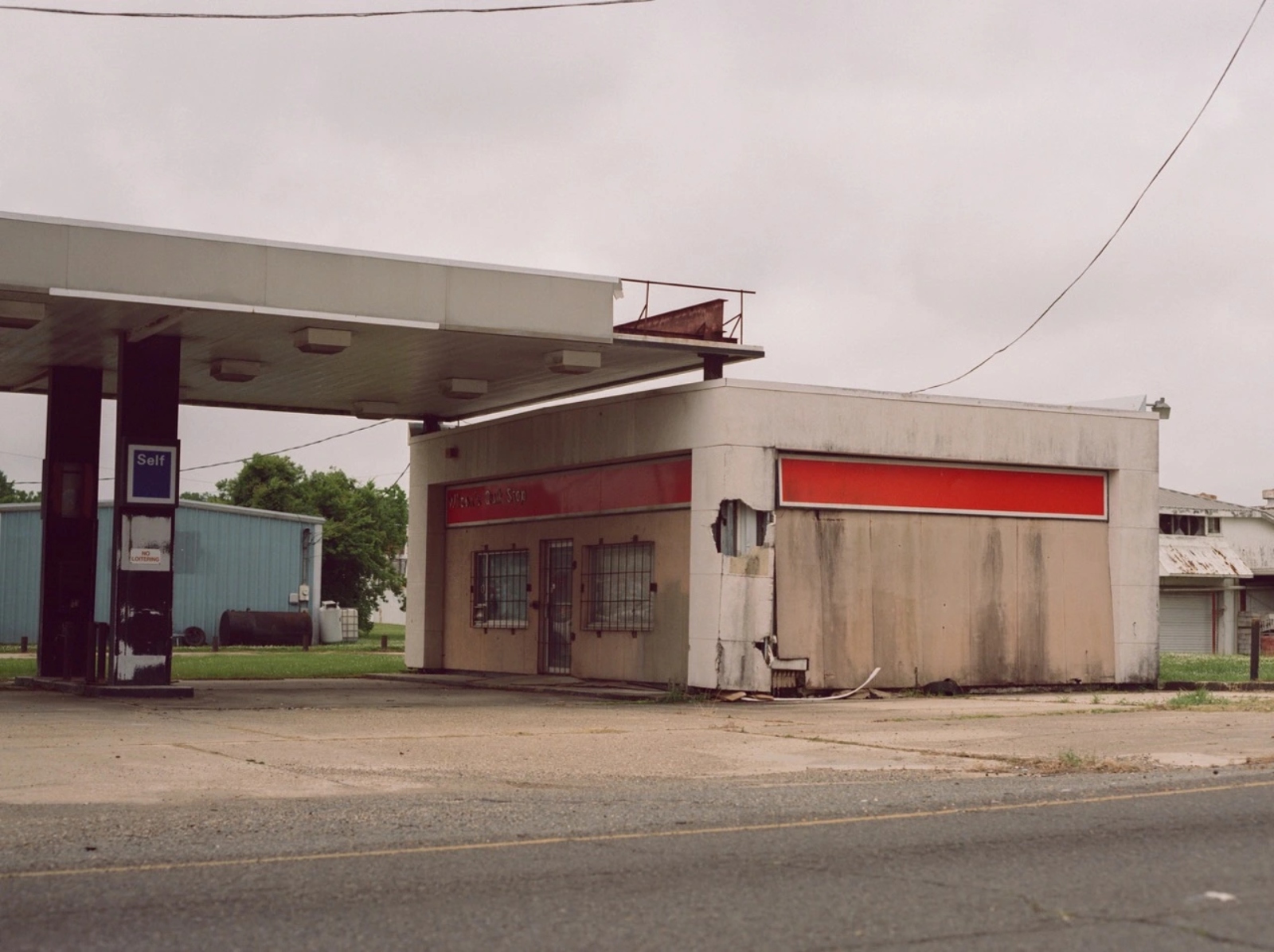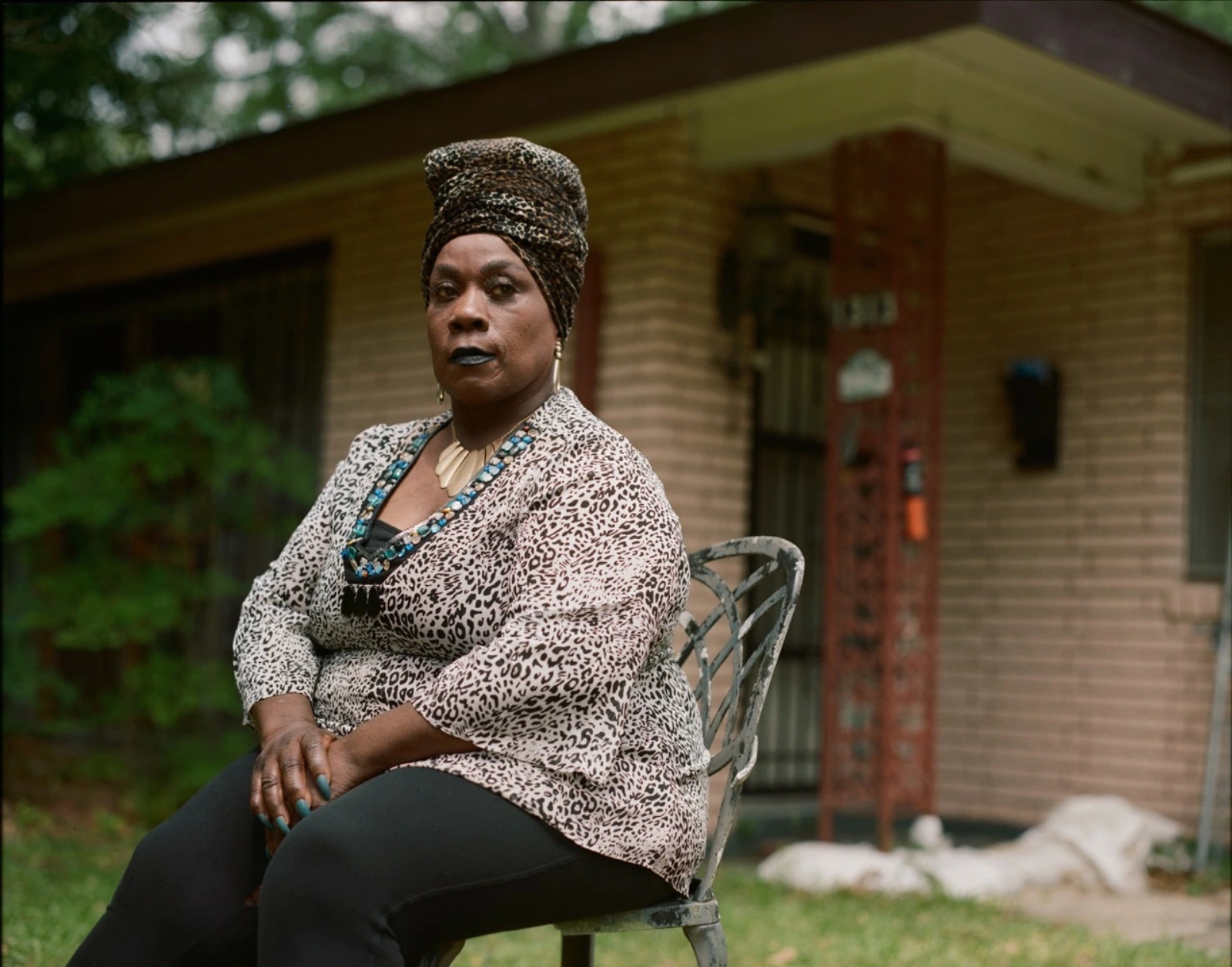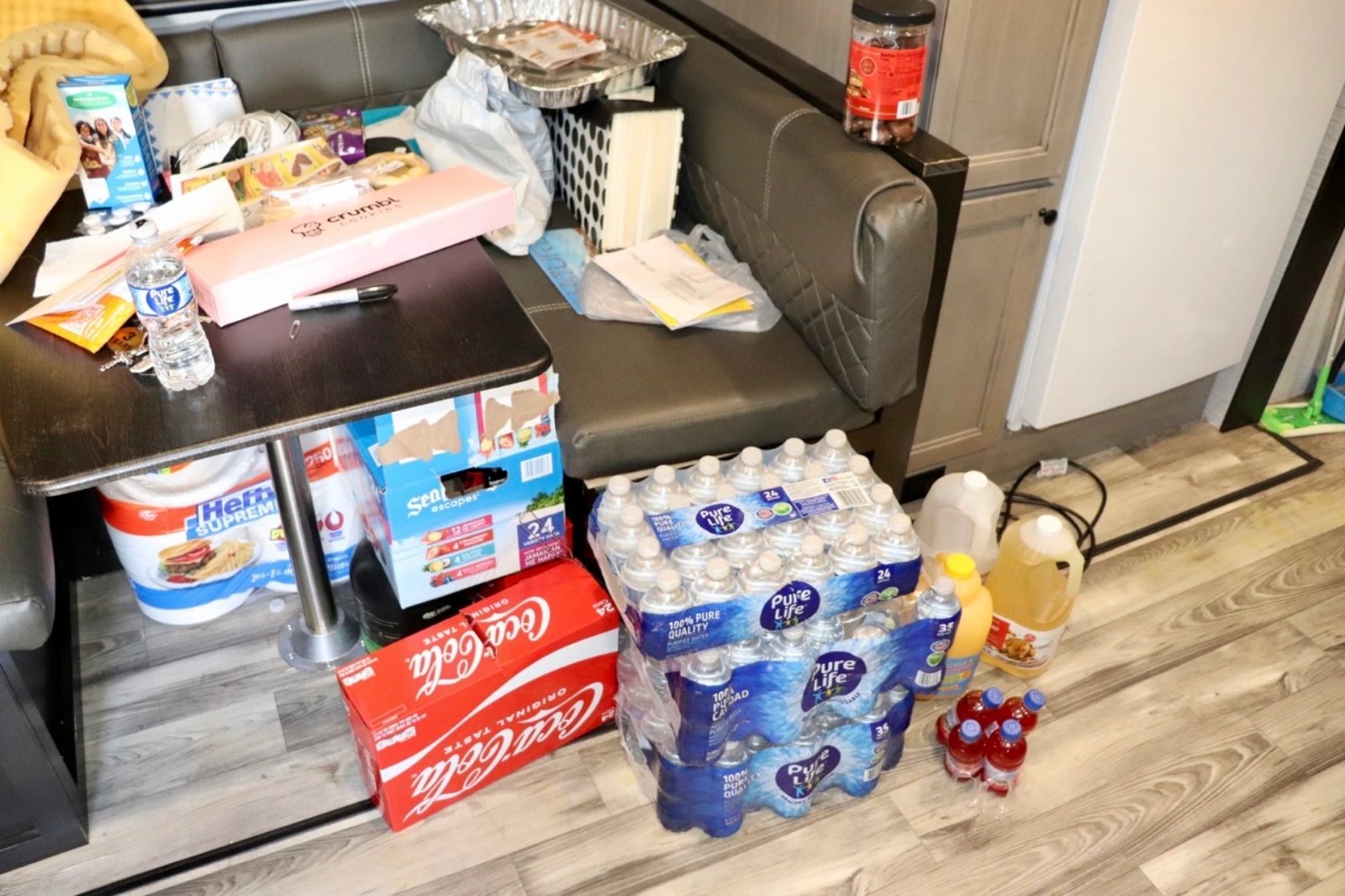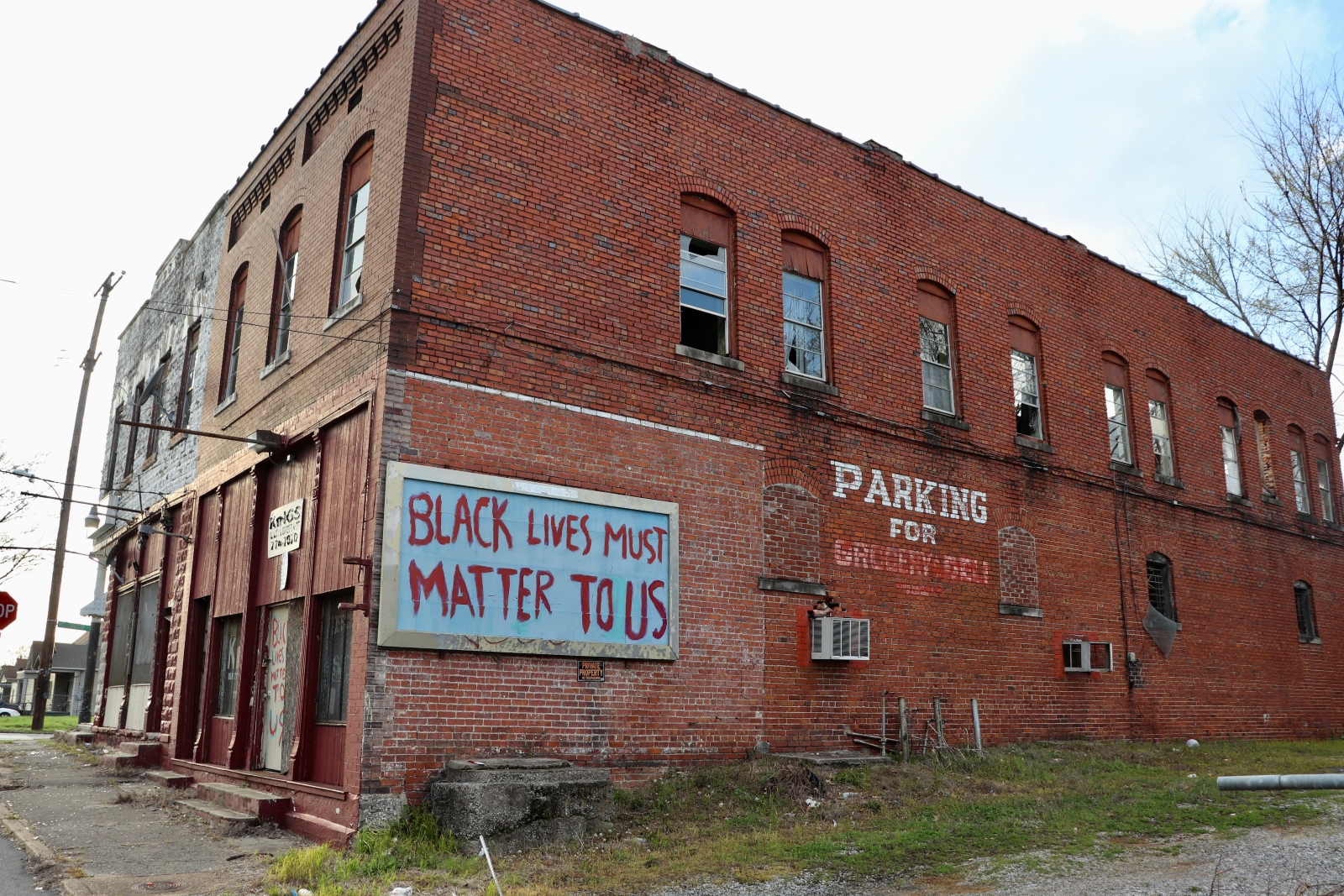This story was originally published by Capital B. Sign up for Capital B’s weekly newsletter to follow similar stories.
Black Americans struggling to live through a water crisis are urging the rest of the country to recast what is viewed as violence.
“People just don’t get the big picture,” says Brooke Floyd, coordinator for the Jackson People’s Assembly, a social justice organization in Jackson, Mississippi. “There are a lot of things that are making [the water crisis] a bigger storm. People [have] lost their lives.”
Ultimately, when someone doesn’t have access to clean water, or water at all, that’s a consequential choice being made by those in power, explains LaTricea Adams, the founder of Black Millennials 4 Flint. And while the reasons driving the crisis look very different depending on where you live, the bottom line is the same: You can’t survive without water.
Without access to clean water, families’ food options and hygiene practices are limited. The ways that people are able to share space with one another are tainted, and community violence levels sometimes rise as this form of divestment in Black communities persists. And residents fear the long-term effects.
“We’re scared that this is going to last forever,” Floyd says. “We are here and we deserve to thrive, just like everyone else does. Our people here deserve the best of everything, and they deserve water, just like everyone else does.”
But Black communities refuse to stop fighting for their right to access clean water. Some have dedicated years to advocating for themselves and their neighbors, while others have learned to just stop depending on the water trickling through their hoses. Of the roughly three dozen Southern residents that Capital B interviewed, just two people regularly consumed the tap water in their home.
For weeks, Capital B traveled across the South to understand how the country’s water crisis is affecting Black life. Here’s what they told us:
Opelousas: ‘I’m not really safe here’
Just the night before, Xavier Bryant, a 22-year-old Black man, was shot and killed down the street from the home of Nyla Belton’s family. It was the fifth fatal shooting in the rural city of 16,000 in the first three months of 2023.
Only 14 years old, Belton has already come to terms with the realities of living in Opelousas, Louisiana, where she says gun violence and governmental neglect are normal.

Rita Harper / Capital B
Louisiana has the country’s second-highest gun violence rate, with Black residents dying at a rate more than eight times higher than white people. Excluding a small town of just 600 residents, Opelousas has the state’s highest violent crime rate.
But the city’s violence isn’t only at the hands of weapons; it also looks like the brown water trickling out of her faucet, the crumbling roads and sidewalks, and a lack of educational opportunities. Opelousas’ water system is one of 64 — out of 954 statewide — that received an “F” grade from Louisiana’s Department of Health for water issues in 2022.
“It makes me feel unsafe and unsanitary and that everything is dirty,” she says. “The water companies and the government don’t really care.”
The lack of investment in her neighborhood has left the teenager dreaming of moving out of the city to “explore the world.” She wants to move to Texas after she graduates from high school.
“There is not a lot to do or people that you can trust out here. I’m not really safe here,” she says.
While many factors lead to communal violence, water contamination and lack of access to water play significant roles, studies have shown. Both instances alter how the brain processes and rationalizes information and are associated with sudden bouts of anger.
As such, a lack of access to water also dictates how people within these communities relate to one another.
Urban planners and environmental activists have increasingly pointed to the “cues to care” theory, which explains that if there is visible maintenance, care, and investment into communities, social cohesion follows.
Community organizers Eric and Marie Williams have seen it firsthand. For the last several years, the couple has dedicated themselves to lowering the city’s gun violence rate after witnessing two family members lose their lives after an argument led to a gunfight. “We lost twice,” Eric says, “one to the graveyard, one to the prison system.”
The couple hosts regular “peace walks” where residents march throughout the city advocating for people to put the “guns down and power up.” They’ve also begun partnering with local schools and have spent much time in the city’s public housing complexes. There, they began to make the connections between public health, a lack of community investments, and the violence they were so often seeing.
They’ve noticed how it’s impacted life-or-death issues, like people’s food options and how people feel about themselves. “[Water contamination] really is an issue, sometimes every other day. We have to buy water to cook even,” Eric says.
“We even have a dog; we give him bottled water. That’s how sick it is,” Marie adds. “People have babies they have to feed — c’mon.”
Lake Charles: ‘It has been killing us for 60 years’
Debra Ramirez took a sip from her plastic water bottle every few minutes while sitting at a table inside Leonard’s Food Quarters in Lake Charles, Louisiana. In between gulps and bites that she snuck out of a styrofoam container stuffed with a Southern-sized heaping of baked chicken, she pointed to a homemade laminated poster and read from a decades-old newspaper clipping.

Rita Harper / Capital B
All the items were made with plastic, some probably containing polymers — a key component of plastic — that were produced just a few miles away from where she sat.
Plastic has made life seemingly more convenient, but its production, water usage, and pollution are life-threatening. In Lake Charles, these plants have dumped toxins into the soil and rivers, bayous, and lakes for generations. Tests have shown that the chemicals have found their way deep into the groundwater the city depends on for drinking water.
George Orphrey, a Lake Charles resident and former chemical plant worker, has seen it up close. One day, he was tasked with digging a “big ol’ hole” in a channel. He believed they were dredging the area to “bring a boat in through the river.”
“What we were actually doing was putting a drainage pipe in to dump the chemical byproduct directly into it,” he explained. For obvious reasons, he and his wife, Wanda, don’t drink the water in their home.
As Ramirez has jumped between communities in the Lake Charles area, she doesn’t remember the last time her water wasn’t murky. In the previous six decades, she’s seen a rainbow of colors drip from her faucet: brown, green, and even pink.
Since the 1980s, she has worked hard not to normalize the situation, having advocated for remediation and climate reparations for decades. Sometimes the advocacy has placed her in danger, she says. Not too long ago, just days after she began making public information about an ongoing pollution event from one of the chemical plants in her area, a brick came crashing through her window in the middle of the night.
“You’d be surprised, people don’t know that these things go on,” she says. “People get hurt.”
She believes the water contamination has helped contribute to high cancer rates and premature death throughout the region. Governmental and academic surveys and studies back up her assertion.
“You can’t survive without water, you can’t survive without air, and you can’t survive without land,” Ramirez says plainly on a morning in March, alluding to the different ways the chemical plants in her backyard have contaminated the earth around her.
She argues that even if the water is tested, treated, and cleaned, its “cleanliness” only lasts so long because the chemicals have seeped and spread throughout the area.
“[The Environmental Protection Agency] says the water is safe to drink, but when it comes down to it, it has been killing us for 60 years,” Ramirez said, standing next to a sign that read “WARNING: Brine Pipeline,” one of the many chemical solutions infiltrating the region’s groundwater.
Beaumont: ‘Shit Falls’
Chris Jones and his neighbors in the Charlton Pollard neighborhood of Beaumont, Texas, jokingly call the highway underpass that connects their community to the rest of the city “Shit Falls.”
The joke isn’t funny for too long, though, he says, because then reality sets in. Due to an aging sewer system, the city’s waterways are inundated with feces, including the Neches River, one of the city’s two primary drinking water sources.
Not only is the river overfilled with bacteria, but it’s also an industrial dumping ground where sulfur and chloride are found. Of the roughly 140 refineries operating in the U.S., Exxon Mobil’s Beaumont Refinery dumped the third-most unregulated pollutants into the nation’s waterways in 2021, with over 103 million pounds of discharge.
The discharge makes clean water hard to find in the majority-Black city because the salts and pollutants corrode the equipment at water treatment facilities, requiring the city to update equipment much sooner, but funds are rarely available.
Instead, they’re left with “Band-Aid” solutions, like regularly flushing out their municipal water lines into the street to clear them of chemicals, residual chlorine, and the occasional unintentional blob of feces.
The corrosion is so bad, Jones says, that city officials have acknowledged that water lines have been completely eviscerated in some neighborhoods.
At one point, his water was so brown it looked like “a dark cognac” or like he had “tea on tap,” prompting him to bring the issue to the City Council. When the water department director visited Jones’ home, he says, the city worker told him plainly that the water line “was no longer there.”
“It was just the cavity in the ground,” Jones recalls. “So the sewer pipe was contaminating and infiltrating the allegedly potable water.”
In December, Beaumont officials announced a $25 million plan to stop brown water from flowing through residents’ sinks, but it may be coming too late. The decades of neglect have created significant distrust between residents, the city government, and water in general. For years, those residents who were fortunate enough to afford to leave the city have, while those who remained turned to fend for themselves.
Some residents don’t even trust bottled water now.
“We’ve been stopped drinking [tap] water,” Beaumont resident Tara Bettis says. “They say to drink bottled water instead, but I’ve been told that some companies just use tap water in the bottle.”
“I don’t know what to trust.”
“Cancer Alley”: Dealing with the cards given
Travis London is still reeling from video footage that captured a white worker at a Donaldsonville water plant urinating into a huge tank holding the city’s water supply.

Adam Mahoney/Capital B
“That was crazy, and then no telling how many times he did it,” says the Donaldsonville resident about the situation in March.
The white worker, who looked directly into the security camera, was arrested on two counts of criminal damage to critical infrastructure and two counts of contaminating the 85% Black city’s water supply. The motive behind the worker’s actions hasn’t been made public, but for residents, it’s just another drop in the bucket of disregard at the hands of city leaders.
“It’s horrible. Water is life, and the water system not being right is like you taking away the life I deserve, my family deserves,” London says.
It’s not the first time in recent memory that the city’s water was contaminated. In 2016, when a private company ran the water plant, errors at the plant left five times the EPA’s limits of chlorine dioxide in the water, leading to a state of emergency declaration. The water contamination forced schools to shut down, and an annual Easter lunch for the city’s elementary students was canceled, with 600 baked chicken and mashed potatoes lunches thrown in the trash.
In the years since, London has seen his water alternate from a Hulk green color to a muddy brown. He believes that elements of racism have allowed the city’s water issues to fester, especially given the town’s location in the heart of “Cancer Alley,” where residents have some of the country’s highest cancer rates from living close to hundreds of oil and chemical plants.
Many Black residents in the town, and all throughout Cancer Alley, have called Louisiana home for centuries, working and watching the land as it changed from plantation country to oil country. As a result, he believes that some residents have normalized the mistreatment, not understanding that they deserve better resources.
“[Donaldsonville residents] are so used to it that now they don’t have a problem with not having a drink of water,” London says. “They got to the point where they kinda lost hope and just deal with the cards given.”
Memphis: Climate change taints world’s ‘sweetest water’
In Black Soulsville, a neighborhood in South Memphis, the feeling of community is all-encompassing. From morning until night, folks gather on their porches, playing music, shouting jokes at passing cars, and playing slightly contentious games of spades.

Adam Mahoney/Capital B
Don’t get it wrong, though; Memphians will let you know how tough the city is, hardened by decades of segregation and divestment. While the neighborhoods are full of energy, it’s typical for people to have abandoned and crumbling structures as neighbors and to travel long distances for fresh food.
Despite the hardships, according to most residents you’ll talk to in the city, one thing is for sure: Memphis has the best and cleanest water in the world.
“Our water has always been the best, everyone knows that since birth,” says Chris, a Black Soulsville resident who did not feel comfortable sharing his last name. “Now, if you drive 15 minutes out of Memphis into Mississippi, you know you can’t trust it. You have to boil your water.”
It’s a statement you’d only make with a certain kind of pride and love for your home, but at one point, there was real, if not slightly subjective, science backing the assertion.
As of late, however, the claim has lost its validity, the product of climate change and industrial pollution. Climate change has made severe weather events more common, and the city’s aging infrastructure hasn’t been able to keep up. It has also heightened the likelihood of contamination as industrial pollutants have infiltrated the region’s groundwater, made easier by fluctuating water levels.
For three years, a concrete plant in Black Soulsville dumped toxins in the water as an environmental consultant forged documents about testing the area’s water sources.
Chris was unaware that this happened, but it didn’t change his opinion of the city. “I like Memphis water.”
A few miles southwest of Black Soulsville, another community struggles with a similar situation. Every day, dump trucks carrying highly toxic coal ash make 120 trips between a recently shuttered coal-fired power plant to this semi-rural neighborhood in South Memphis.
For decades, coal ash, the waste composed of mercury and arsenic left behind by burning coal, seeped from the plant into Memphis’ deep soil, threatening the city’s only water source. A recent report named the plant the 10th worst contaminated site in the country.
To ensure the coal ash does not continue to find its way into the aquifer, the plant operators have been ordered to move it to a landfill nestled in a majority-Black neighborhood already overburdened by the city’s growing trucking and logistics industry, home to the likes of Amazon.
It’s an omen for the future, says Memphis resident Anthony Copeland.
“I haven’t seen a change in my water yet,” he said. “But we got these warehouses, and the winter storms, and the [coal plant] trying to mess all that up.”

